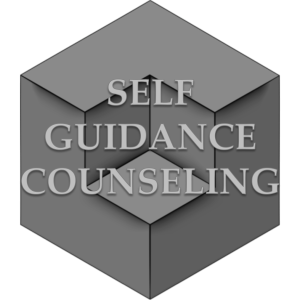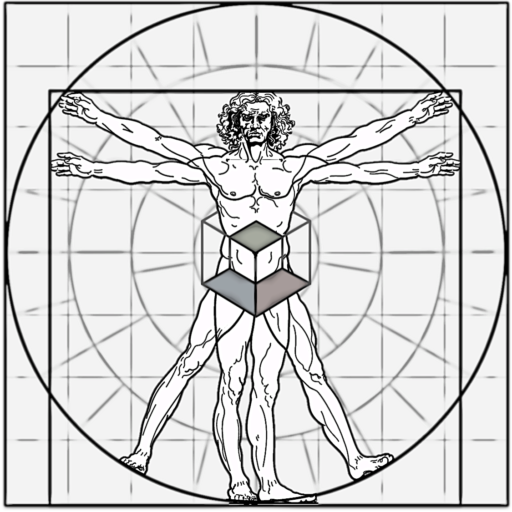About Self-Guidance Counseling
My Methodology
Coaching is about meeting a person 'where they are' and helping them get to 'where they want to be'. Rather than following a pre-determined script, I do my best to adapt my approach to fit the needs and preferences of each client I work with. Over the first 2 - 4 weeks of working with a new client, my intentions are to:
SGC Methodology
The most important part of coaching is the ‘coaching relationship’ itself. My first priority when meeting with a new client is to establish a foundation of trust, understanding, and support. To do this, I need to build clarity about the expectations of the client, the challenges they’re facing, and their preferences for working together. This process will happen naturally as we get to know one another.
While getting to know one another, we’ll spend some time talking about who you “are” and who you “want to be.” If you don’t already have an idea of what you want to work on together, we’ll discuss your interests, strengths, values, and challenges. Our aim at this stage is to identify at least one point of focus–something important to you that you want to change or improve.
For each point of focus identified, we’ll consider the status quo of your current situation. We’ll then look ahead to the future and determine where you’d like to be at various intervals of time (i.e., 1 month from now, 6 months from now, etc.). This creates an estimated roadmap that will help guide our efforts as we move forward. Depending on the specific nature of each point of focus, we can create a scaffold of smaller goals that serve as stepping stones towards the completion of a larger goal.
For each point of focus, we’ll want to identify at least one behavior or action that is directly related to the advancement or completion of one of your goals, and is within your control. We’ll evaluate your immediate priorities each week, and set actions-steps for you to complete on your own. If you are unsure of what you need to do to accomplish your goals, we’ll experiment with different behaviors and strategies until we find something that works for you.
Setting weekly action-steps and working with feedback through collaborative discussion, you will build awareness of your mental and behavioral tendencies, as well as learn which strategies are most effective for you. With this growing self-awareness comes an increased sense of agency; as you gain more control over your thoughts and your behavior, you will feel more in control of your life.
My Guiding Principles
Because everyone's wellness journey is unique, I avoid emphasizing any single approach, technique, or structure. Instead, I follow a set of guiding principles:
- Anything is better than nothing
- The more you do something the easier it gets
- Choose your hard
- Everything is connected
Guiding Principles
Doing anything, no matter how little, is always better than doing nothing. People often talk themselves out of doing something positive by thinking to themselves “it’s too little to make a difference.” But that way of thinking is wrong. When it comes to wellbeing, every step makes a difference. Even if it doesn’t have an immediate effect, little steps add up to big changes over time, reshaping our thoughts, improving our habits, and aligning ourselves with our desired future. No matter how long the journey, we can only move one step at a time.
The more you do something the easier it gets, and the more likely you are to do it again in the future. This is the process through which our habits form, and it works both for and against us. It helps us develop the skills and abilities that shape our individual identities, but it also is how we form destructive patterns. This also means that the sooner we start something the easier it gets, and the longer we wait the harder it becomes. As said by Aristotle, “We are what we repeatedly do.” Make sure you practice the things you want to be good at, and avoid practicing the things you don’t.
Life is hard, that’s just a fact. It’s hard in different ways, at different times, and in different amounts, but hardship is a universal feature of life. People often try to avoid difficulty, and do what feels easiest at the moment. But easy actions, instant gratification, and avoiding challenges doesn’t lead to long-term growth and satisfaction. In fact, choosing the “easy way out” often leads to more hardship down the road. Instead of looking for the easy way, look for the hard that will be the most meaningful and rewarding in the long-run. And remember: if you don’t choose, someone else will choose for you.
Pull on one thread in your life, and you’ll find that it’s connected to everything else. Tension in one area of your life causes tension elsewhere. Likewise, taking care of or improving one aspect of your life will have a positive impact on the rest. Your overall wellbeing is more than just the sum of all the parts underneath. Wellness is about integration and balance–bringing all of the seemingly unconnected elements of your life together in harmony. The deeper the connection, the greater the sense of wellbeing.

